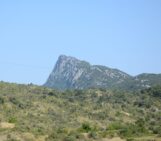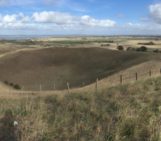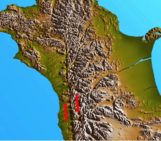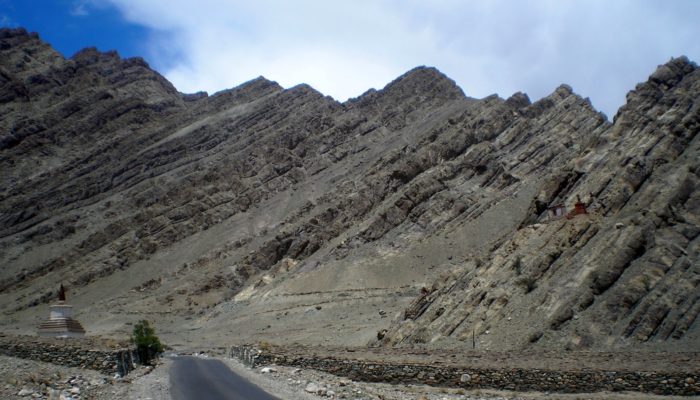
Bedding (also called stratification) is one of the most prominent features of sedimentary rocks, which are usually made up of ‘piles’ of layers (called ‘strata‘) of sediments deposited one on top of another.
Every stratum is characterized by its own lithology (composition), sedimentary structures, grain size and fossil content that make it unique and different from the strata that lie above and below it. Every layer represents an event, a moment in the geological time when chemical, biological, and physical conditions led to the deposition of a specific rock layer. An event in the sedimentary record could have lasted thousands of years (e.g., the slow settling of a clay layer on the seabed) to a few minutes (e.g., the fast deposition of a turbidite). In any case, when looking at a sequence of strata, we are looking through the sequence of events that occurred in a sedimentary basin over the geologic time.
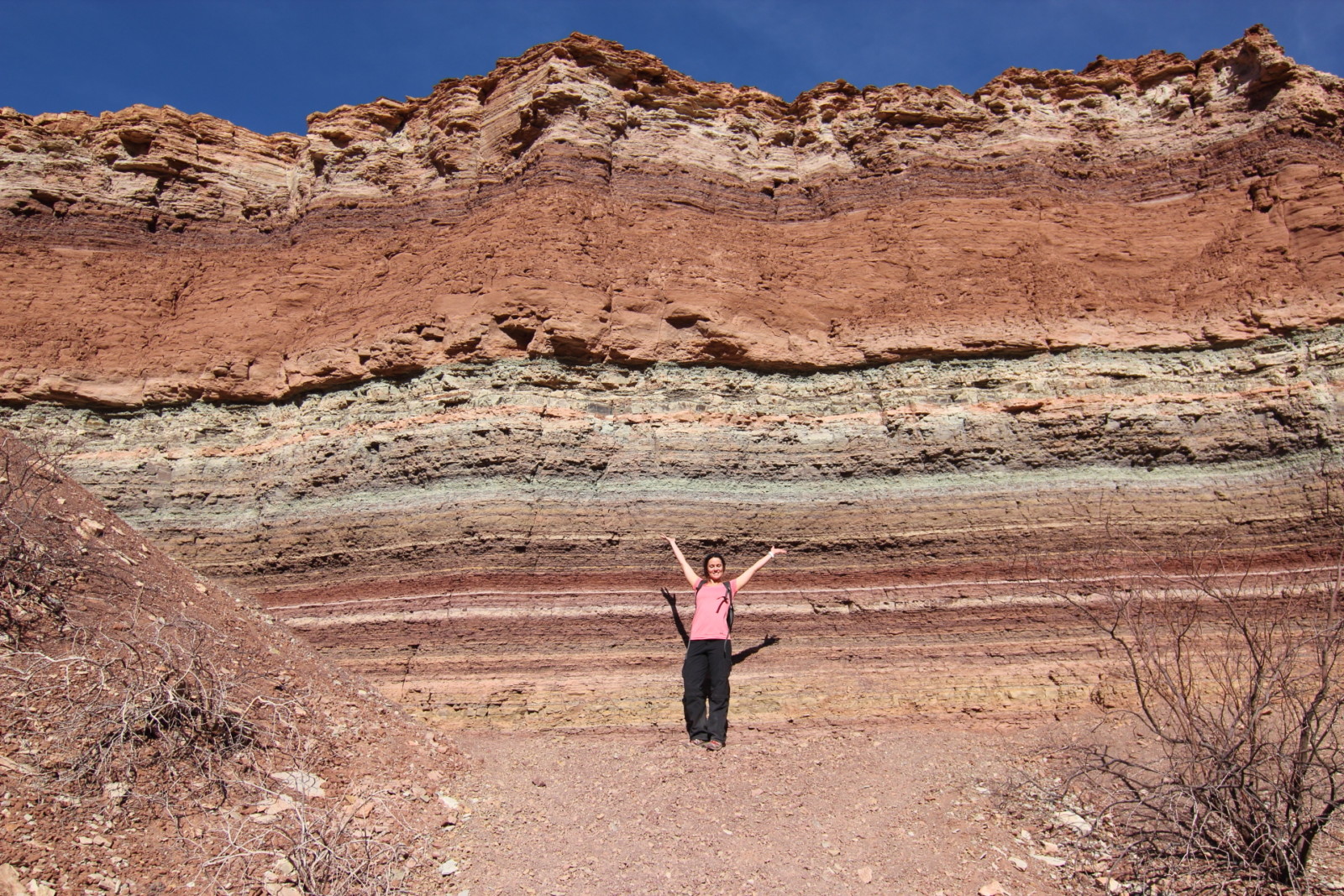
Horizontal strata exposed in the Quebrada de Cafayate (Argentina). Photo © travelwayoflife (Flickr)
In 1669, the Danish scientist Niels Stensen (latinized as Nicolaus Steno), developed the principles that describe how strata develop, paving the foundations of modern stratigraphy (the branch of geology dealing with strata). The modern principles of stratigraphy represent a derivation of the original principles defined by Steno. According to such principles, younger strata are found at the top, while older strata occur at the base of sedimentary sequences (principle of superposition), strata deposit as horizontal layers (principle of original horizontality), and are laterally continuous throughout the sedimentary basin (principle of strata continuity). If strata are cut by something else (for example, by planes of secondary foliation), the cross-cutting element must necessarily be younger than the strata (principle of cross-cutting relationships).
These principles are useful when investigating rock strata that are involved in orogens. Tilted layers (as in the photographs at the top of the page and below) are the result of tectonic forces that fold, squeeze, and tilt, originally flat-lying beds (according to the principle of original horizontality). It is also possible to find, in deformed areas, overturned beds, horizontal strata that are upside-down. Fossil content and sedimentary structures can tell the careful geologist that the youngest strata are on the bottom and the oldest on top, and hence that the principle of superposition is not respected.
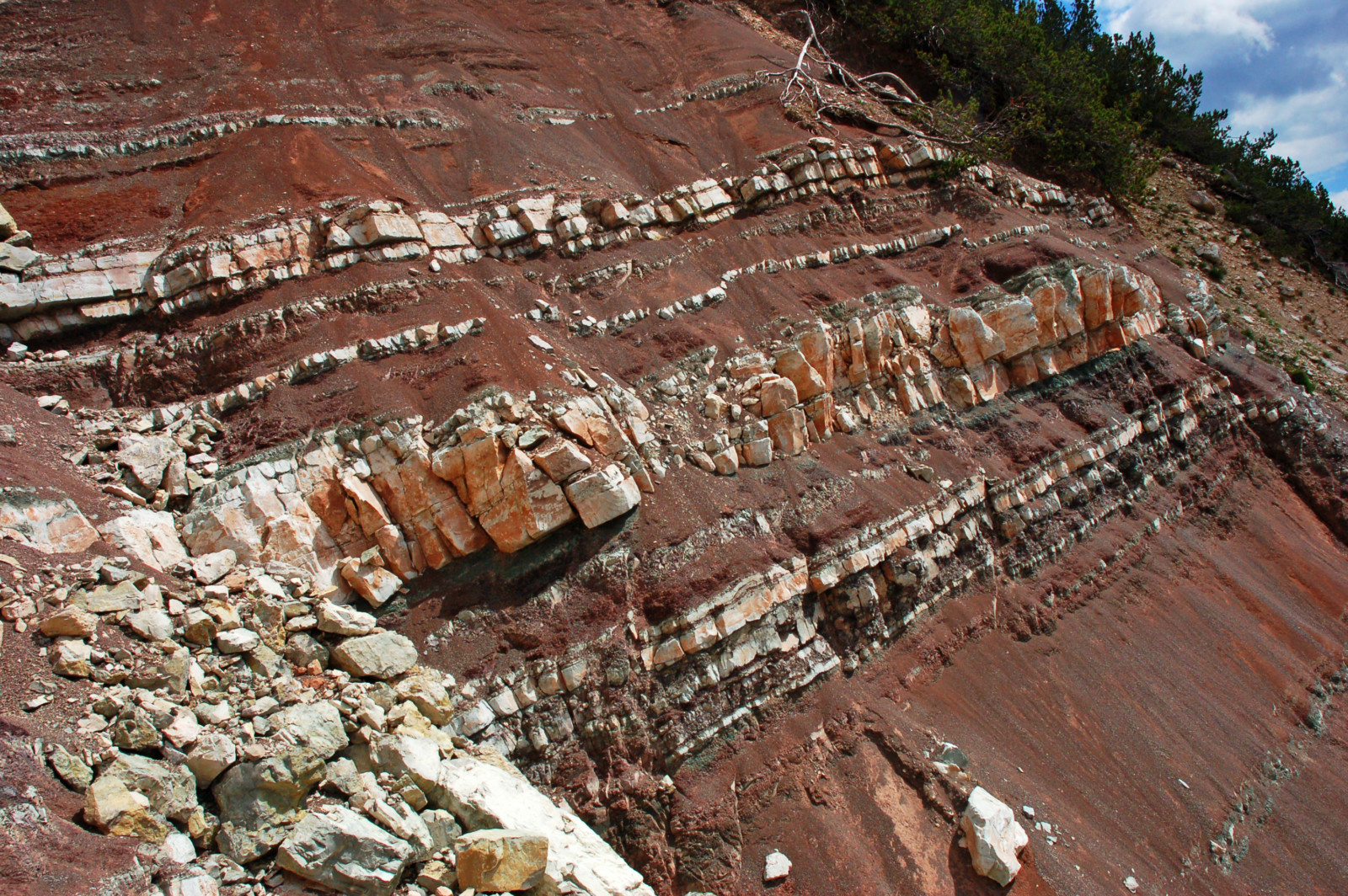
Inclined bedding exposed on the south-west side of Monte Pelmetto (Dolomites, Italy). These beds were originally lying horizontally and were tilted during the build up of the Alps. Photo © Richard Jones (Flickr)
The principle of strata continuity allows to correlate strata that are exposed in different areas and are far away from each other. Famous examples of the application of this principle are from the Grand Canyon area and Northern Arizona in general, where originally continuous strata have been separated following millions of years of erosion. The careful study of the sedimentary sequences exposed in different areas allowed to reconstruct the whole stratigraphic succession of the Colorado Plateau, based on the analysis of many outcrops in multiple areas.
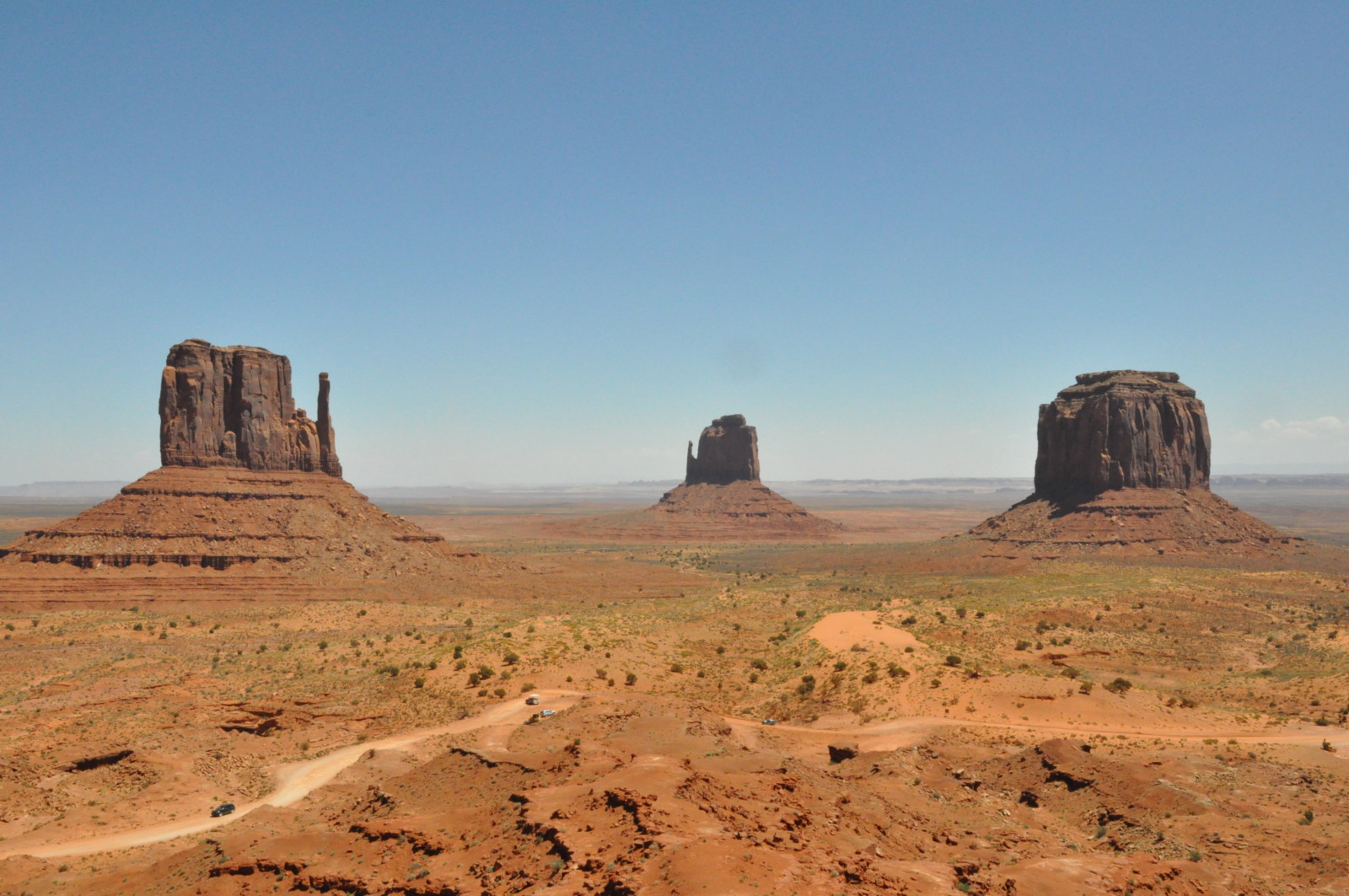
The layers exposed in the West, East and Merrick Butte at the Monument Valley (Arizona) were once connected and are now separated, after millions of years of erosion. Photo © Christoph Grützner (Imaggeo)
The last example shows the application of the principle of cross-cutting relationships. The bedding on the photograph below is represented by the vertical (i.e. tilted beds!) contact between quartzite (right) and slate (left). The planar surfaces inclined to the left that are mostly developed in the slate and crosscut the bedding are not strata. They are metamorphic foliation planes that, indeed, developed after the deposition of these rocks.
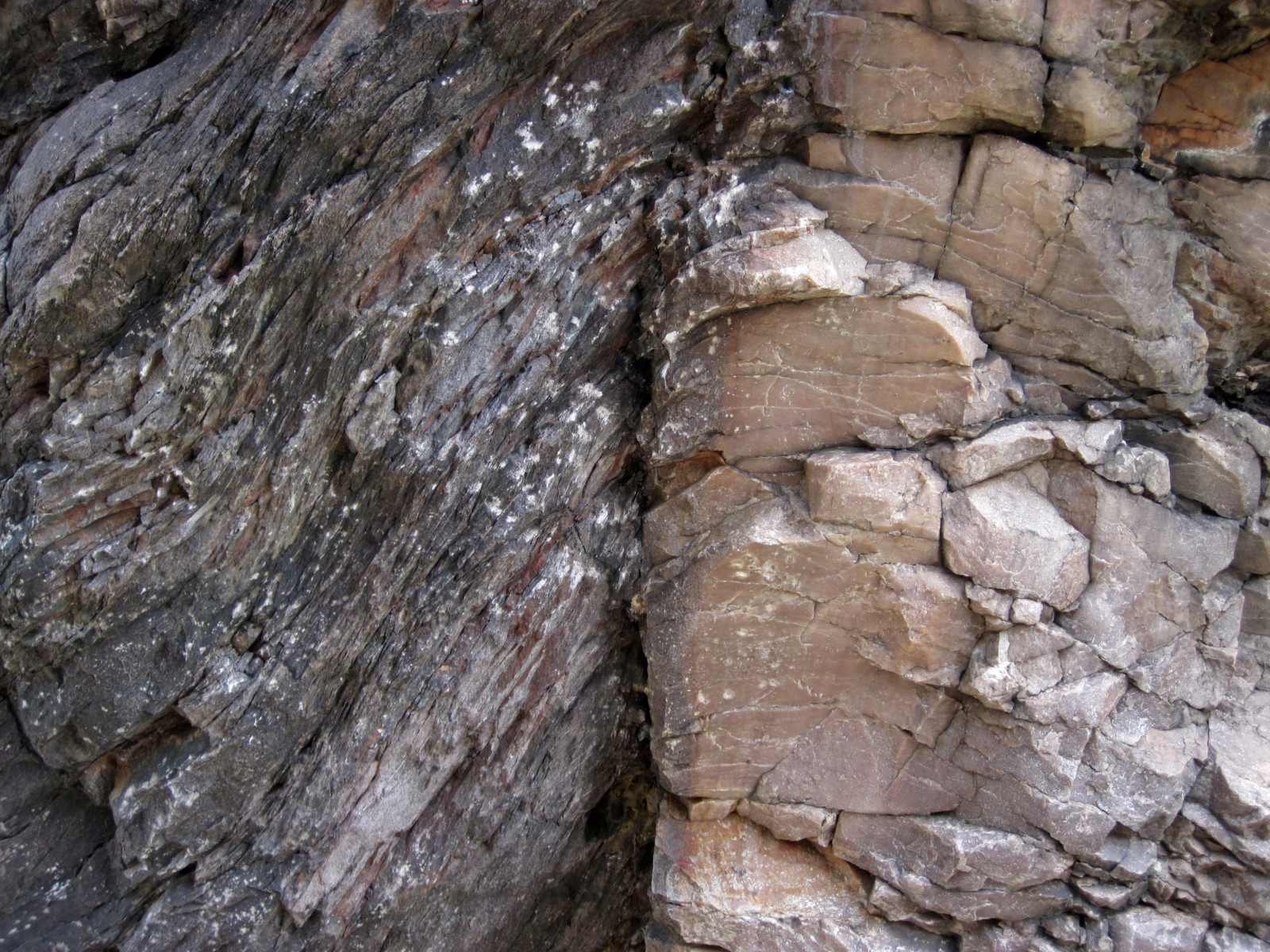
Quartzite and slate contact in the Precambrian of Wisconsin, USA. The stratification is vertical and the foliation, well-developed in the slate, dips to the left. Photo © James St. John (Flickr)
In summary, bedding planes preserve information about past environments and how they changed through time. Folded, tilted, faulted bedding planes are useful markers that allow to investigate deformation structures in rocks.

